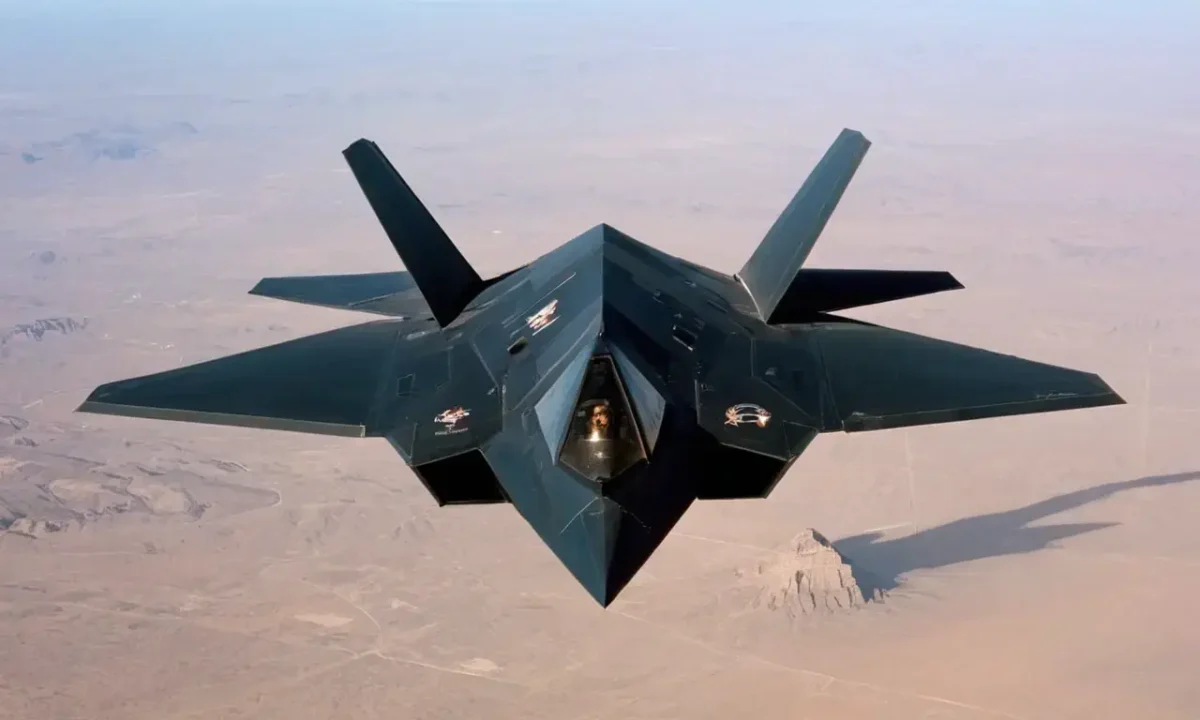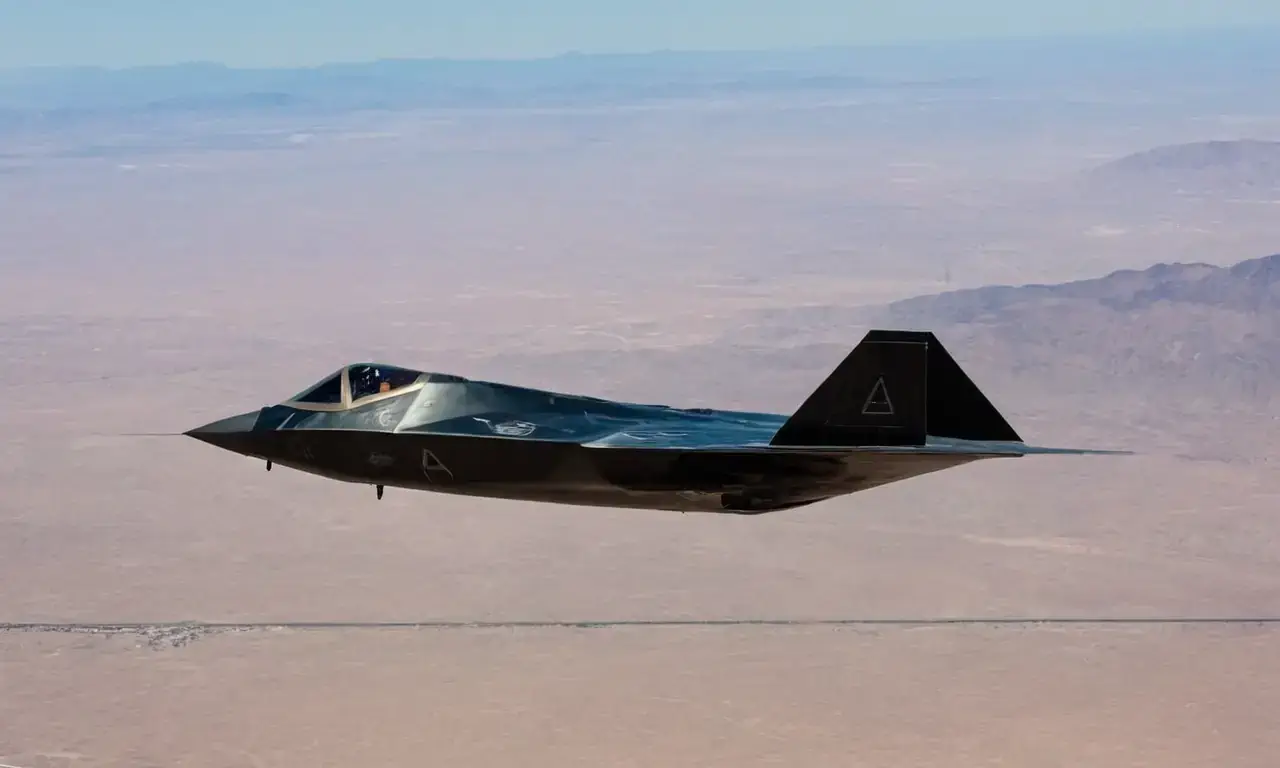
Lockheed F-117A: The Stealth Fighter That Changed Warfare

The Lockheed F-117 Nighthawk is a legendary stealth fighter that has left an indelible mark on military history. Developed during the Cold War, this single-seat aircraft was designed to penetrate enemy airspace undetected and strike critical targets with precision. Its unique design features, including its distinctive shape and advanced materials, made it a revolutionary weapon in modern warfare. The F-117's impact extends beyond its operational successes, as it has fundamentally altered the way nations approach air combat and strategic bombing. This article delves into the history of the F-117, exploring its development, operational use, challenges, and lasting legacy.
The objective of this article is to provide a comprehensive overview of the F-117 Nighthawk, covering its technical specifications, role in various conflicts, and its impact on military doctrine. By examining both its successes and limitations, we aim to shed light on how this remarkable aircraft has shaped modern warfare strategies. We will also explore future prospects for stealth technology and its potential applications in the years to come.
Development and Design of the F-117A
The development of the F-117 began in the late 1960s as part of a broader effort by the US Air Force to develop advanced stealth aircraft capable of penetrating enemy defenses. The project was spearheaded by Lockheed's Skunk Works division, known for its innovative work on projects like the SR-71 Blackbird and other cutting-edge technologies.
The F-117's design focused on minimizing radar reflection, a crucial aspect of stealth technology. This involved incorporating a unique faceted-plate construction that minimized the aircraft's overall radar cross-section (RCS). The use of advanced materials like composite structures further reduced its visibility to enemy radars. Additionally, the F-117 was equipped with infrared suppression systems to reduce its thermal signature, making it harder for enemy sensors to detect it.
The development process involved extensive research and experimentation, culminating in the first flight of the prototype in 1980. The initial design focused on a single-seat configuration, allowing for greater pilot control and maneuverability during combat missions. However, as the project progressed, engineers made adjustments based on operational requirements and technological advancements.
Operational History and Successes
The F-117's first operational deployment was in 1983 during the Persian Gulf War. This conflict provided a unique opportunity to test the aircraft's capabilities in a real-world setting. The F-117 played a crucial role in targeting Iraqi military infrastructure, including airfields and command centers. Its success in this operation demonstrated its effectiveness against heavily defended targets.
The F-117's ability to operate undetected in hostile airspace was further validated during Operation Just Cause in 1986, where it participated in the invasion of Panama. This mission showcased the aircraft's versatility and adaptability to various combat scenarios. The F-117's stealth capabilities allowed it to strike targets with precision while minimizing collateral damage.
Despite its operational successes, the F-117 faced challenges due to its limited maneuverability and reliance on skilled pilots. Its design prioritizes stealth over agility, making it less suitable for dogfights or complex aerial maneuvers. However, these limitations were often outweighed by its ability to deliver precision strikes against high-value targets.
Challenges and Limitations
The F-117's operational history also highlighted some of the challenges associated with this unique aircraft. One major limitation was its reliance on skilled pilots who could effectively utilize its capabilities. The F-117's complex flight controls and limited maneuverability required a high level of pilot expertise to operate safely and efficiently.
Another challenge was the need for specialized maintenance procedures due to the intricate design of the aircraft. This involved using highly trained technicians and specialized tools to ensure that the F-117 remained operational in challenging environments. Additionally, the aircraft's limited range and fuel capacity restricted its deployment options, requiring careful planning and coordination during missions.
Despite these challenges, the F-117 proved to be a valuable asset in modern warfare. Its ability to penetrate enemy defenses and deliver precision strikes against critical targets made it an indispensable tool for military operations. However, as technology advanced, new stealth aircraft designs emerged that offered improved maneuverability and operational flexibility.
Impact on Modern Warfare Tactics

The introduction of the F-117 significantly impacted the way nations approached air combat and strategic bombing. Its success in penetrating enemy airspace undetected led to a shift in military doctrine, emphasizing the importance of stealth technology in modern warfare. This has led to the development of new aircraft designs that prioritize stealth capabilities while maintaining operational effectiveness.
The F-117's impact on modern warfare tactics can be seen in several areas:
* Targeting: The ability to strike targets with precision without being detected by enemy radar significantly changed how nations approach military operations. This led to the development of more sophisticated targeting systems and increased emphasis on intelligence gathering.
* Air Defense: The F-117's success in penetrating enemy defenses highlighted the need for advanced air defense systems that could effectively counter stealth aircraft. This has led to the development of new radar technologies and missile systems designed to detect and neutralize such threats.
* Military Doctrine: The introduction of the F-117 prompted a shift in military doctrine, emphasizing the importance of stealth technology in modern warfare. This has led to increased investment in research and development of advanced aircraft designs that prioritize stealth capabilities.
Legacy and Future Prospects
The legacy of the F-117 continues to influence modern aviation. Its impact on stealth technology is undeniable, paving the way for future generations of aircraft designed to operate undetected in hostile airspace. The F-117's unique design features continue to inspire innovation in military engineering, leading to advancements in materials science and aerodynamic design.
Looking ahead, the future of stealth technology holds exciting possibilities. New technologies like hypersonic flight and advanced sensor systems are expected to further revolutionize air combat and strategic bombing. These developments will likely lead to the creation of even more sophisticated aircraft that can operate undetected and deliver precision strikes with unprecedented accuracy.
The F-117's impact on modern warfare is undeniable. Its ability to penetrate enemy defenses and strike critical targets without being detected has fundamentally changed how nations approach air combat and strategic bombing. As technology continues to advance, we can expect even more innovative stealth aircraft designs that will shape the future of military operations for years to come.
Leave a Reply





Related Links